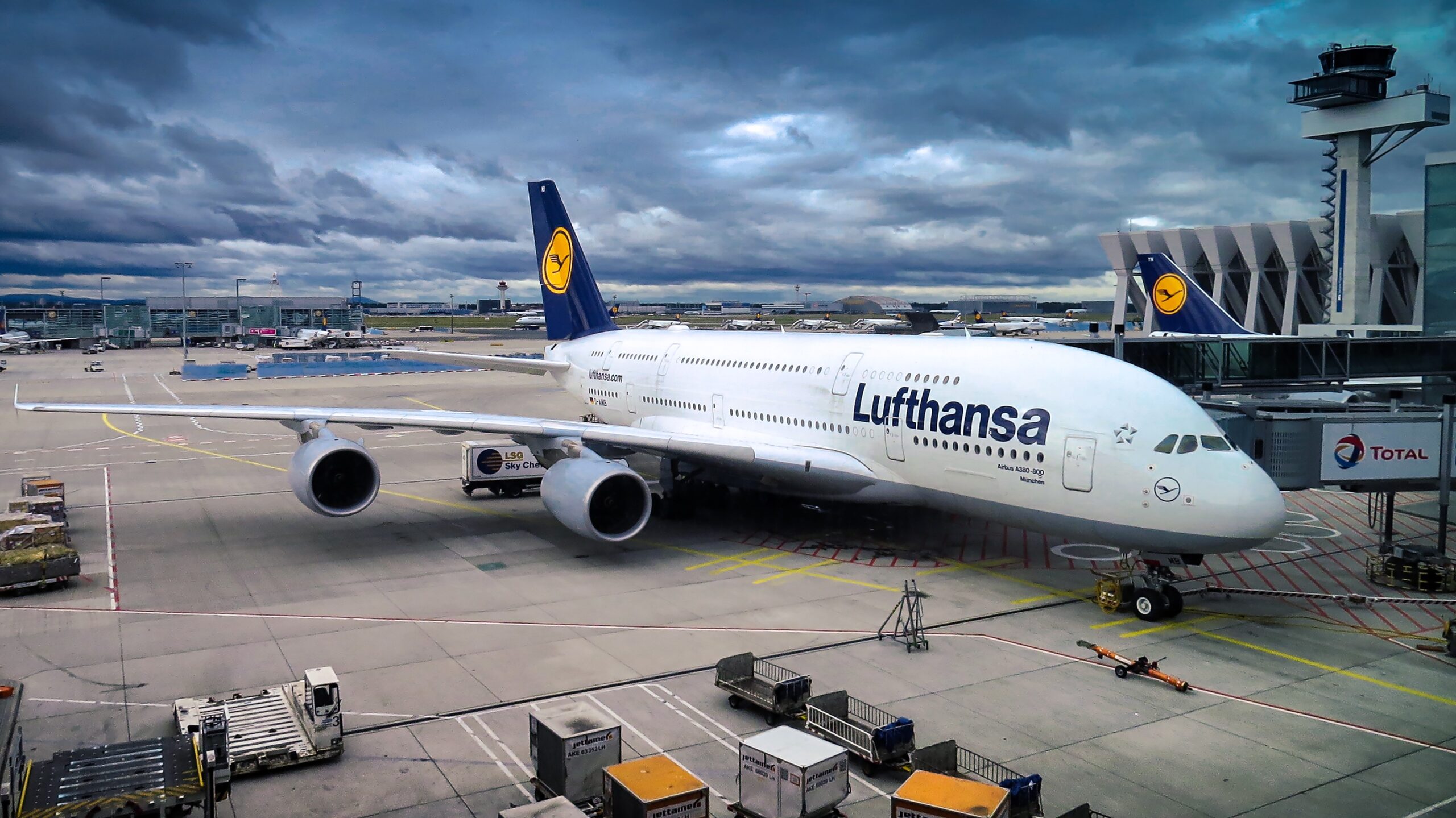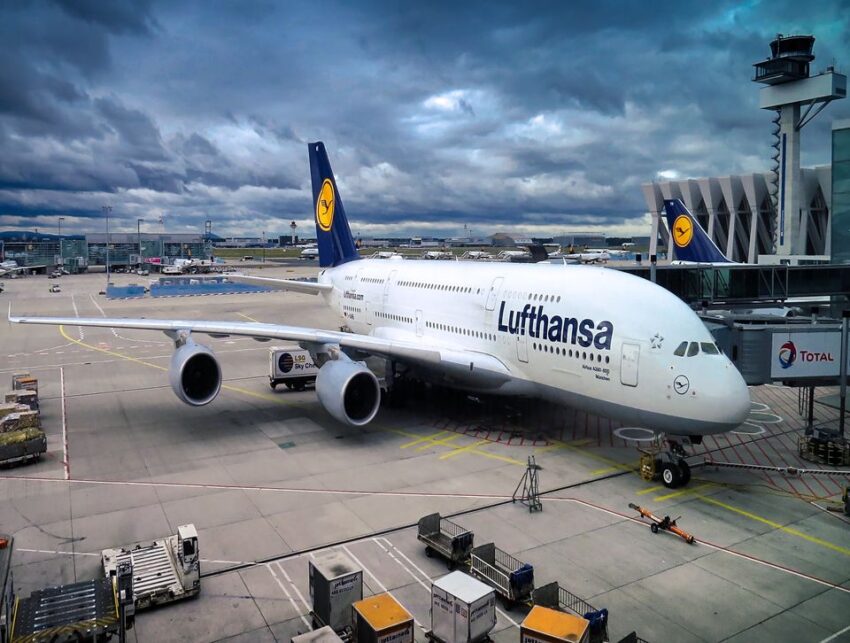
Although the winter peak shipping season has arrived, the air freight industry is facing a reduced demand because of several factors without any possibility of a quick turnaround. International demand for air freight measured in cargo tonne-kilometres fell by 10.6% compared to last year. In today’s post, we have provided you with a brief report on the present air freight scenario – the plummeting freight rates, the demand for air cargo, and the performance of the carriers.
Factors behind the fall in demand in the air cargo sector
-
A return to ocean freight shipping
Factors such as inflation as well as a decline in export orders have impacted the global air cargo sector. More importantly, the rebound of ocean freight capacity and the return of shippers to sea freight has been an important factor leading to the drop in air cargo demand. In the last two years of the pandemic, the air freight sector thrived largely due to the messy scenario in the ocean freight industry. The port congestion, equipment shortage, container crisis, and several other factors considerably threatened the reliability of the ocean freight sector. This motivated the shippers to switch to air freight to move their cargo on time. However, presently, the sea freight industry has returned to normal and the rates have gone down as well. This is making shippers more willing to move back to maritime transport.
-
Fall in consumer demand
The repeated warnings about a global recession are also negatively impacting the spending pattern of consumers. This undoubtedly is affecting the international flow of goods and services. During the years of the pandemic, we have seen a massive increase in demand for commodities and a considerable uptick in e-commerce sales. According to Willie Walsh, the Director General of IATA, “While air cargo’s activity continues to track near to 2019 levels, volumes remain below 2021’s exceptional performance as the industry faces some headwinds. At the consumer level, with travel restrictions lifting post-pandemic, people are likely to spend more on vacation travel and less on e-commerce.” Simply put, economic concerns plus the shift in spending patterns are two factors that are bringing down the air freight demand.
The regional performance of the air freight operators
Carriers in North America
The North American air freight carriers went through a 6% decrease in freight volume in September 2022 as compared to the same time last year. Air cargo capacity, however, was up by 4.6% as compared to last year.
Carriers in Europe
The carriers in Europe experienced a 15.6% fall in cargo volumes in 2022. This is largely because of the war in Ukraine, the labour shortage, and the skyrocketing fuel price. Moreover, the high level of inflation especially in Turkey is also another contributing factor to the decrease in cargo volume.
Carriers in the Asia Pacific
The airlines in the Asia Pacific had a drop in cargo volume by 10.7% in September 2022 as compared to September 2021. Just like the carriers in Europe, Asia Pacific Airlines have also been affected by the war in Ukraine, the low volume of international goods flow, and the Omicron related restrictions in China.
Carriers in Latin America
The Latin American carriers experienced a 10.8% drop in cargo volume. However, they have been the best-performing airlines globally because of their timely introduction of customer-oriented services, investments in additional freighters, and enhancement of freight capacity. Their capacity was up by 18.4% in September 2022 as compared to the same time last year.
Carriers in Africa
The carriers in Africa experienced a marginal increase in cargo volume of 0.1%. Moreover, the capacity of the African Airlines is also around 4% less than the same time the previous year.
Carriers in the Middle East
The airlines in the Middle East are probably the worst performing carriers in the world in the last year. They experienced a 15.8% decrease in cargo volume and a capacity decline of 2.8%. Their bad performance is largely due to the static shipment volume to/from the countries in Europe.
The drop in freight rates
Although air freight rates have dropped considerably, they continue to be higher than the pre-pandemic levels. The decline in air freight rates is a departure from this time last year when shipping companies across the globe drive the air cargo rates to a record high ahead of the peak winter season. However, shippers resorted to air freight shipping primarily because of the ongoing chain in maritime transportation. Moreover, one reason for the high air freight rates in the last two years was the grounding of passenger flights. The belly hold of passenger planes has added to the global air freight capacity as long-haul international flights have resumed.
Nevertheless, the future of the air freight industry is not dismal. Although the spending spree of the consumers has worn out, they are still demanding as made clear by the significant growth of the e-commerce segment of the air cargo industry.


